When Can I Change My Nose Piercing? Things To Know
Explore this comprehensive guide and get ready to flaunt your new nose piercing!

Image: Shutterstock
When can I change my nose piercing? Are there any risks? If you catch yourself thinking these thoughts right after getting a nose piercing, this article is for you. Transitioning from your starter nose stud to another nose ring can be an exciting experience. It’s common to feel the desire to try new styles after a few weeks of wearing the original stud. However, it is important to handle this transition carefully. The right information and knowledge can guide you through the process. Here, we have compiled the necessary information, tips, and advice to help you transition from your starter nose piercing jewelry to your preferred nose jewelry. Continue reading.
In This Article
When Can I Change My Nose Piercing?
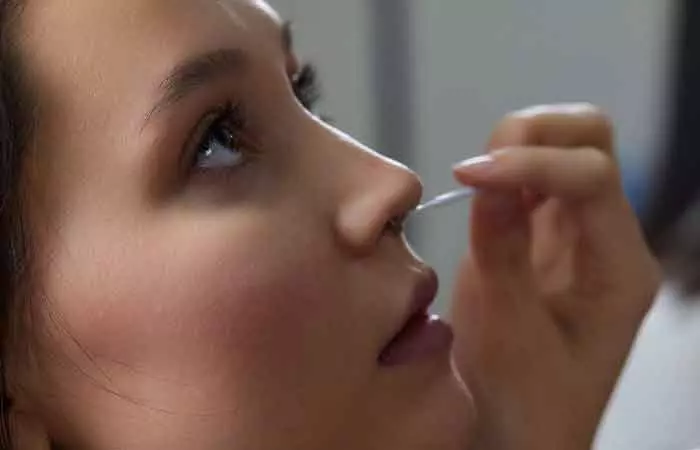
If you get your nose pierced at a professional piercing studio, the piercer will recommend choosing a stud for the fresh nose piercing. There are risks of nose rings getting caught on clothing, and yanking at the piercing can prolong healing. Starter nose jewelry is usually small studs that do not move around, are lightweight, and aid in the quick healing of the piercing hole.
Like any other piercing, you should wait till the piercing wound is fully healed before changing to a new jewelry. While the average healing time for common nose piercings, like nostrils piercings, is 2 to 4 months, septum piercings may take 6 to 8 weeks to heal (1). However, the healing period varies based on the type of piercing. Nose piercings take longer than most other body piercings as there isn’t much blood flowing through the nose cartilage, slowing down the healing process. Proceed to change the nosepiece only if you are confident the piercing has healed completely.
You can check the below signs while determining when to change your nose piercing:
- Absence of swelling, redness, or discharge for over a week can be a good sign to prepare for a change to nose ring.
- Check both outside and inside as the nose piercing site may look completely helped from the outside but may take more time to heal on the inside.
In any case, if you are unsure if your piercing has healed or not, check with your piercer for a medical professional before complicating the wound by changing the jewelry. You can also consult your doctor if the healing process takes longer than usual.
 Trivia
TriviaNow, you may wonder why waiting to change your nose piercing is important and what could happen if you change it too early. Read on to find out why and to learn about the complications that can arise from early piercing changes.
Key Takeaways
- Once the piercing has healed completely, you can change your starter nose stud to your favorite hoop or bling nose jewelry. This helps avoid infections.
- Absence of swelling, discharge, blood, or pain are indicators of a healed piercing.
- Sterilize all tools and follow proper hygiene measures to avoid irritating the piercing.
Why A Piercing Must Heal Before You Change Jewelry
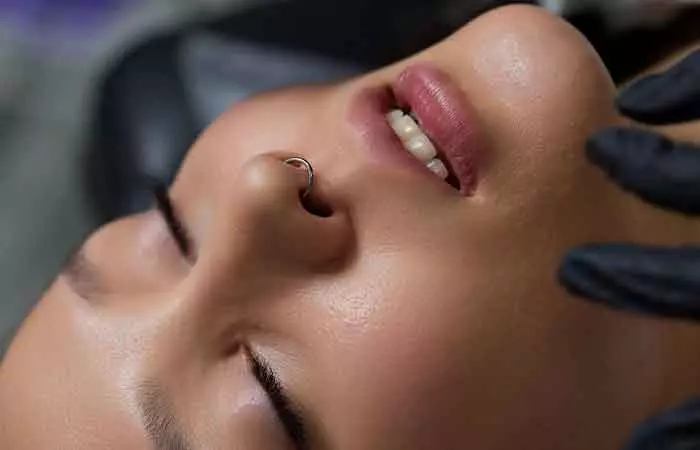
Healing of the piercing starts soon after the piercing process, and proper care during the healing period determines the longevity of the piercing. Below are some common concerns with early changing nose piercing jewelry.
- With an unhealed piercing, the body is on high alert regarding the wound. The piercing hole may close within a few seconds or minutes of removing the jewelry, and you might find it difficult to insert the new one.
- The piercing location is vulnerable and sensitive while it is healing and changing the jewelry can pose a threat of infection (2).
- The unhealed wound may become swollen or bleed due to snagging or scratching of jewelry on it.
- Scarring or rejection are also common in instances of early changing of nose jewelry. Inserting new jewelry into the unhealed wound will rub against the healing tissue. This may lead to scar tissue forming around the site.
- During the healing stage, the immune system is active at the piercing site, and it may recognize the new jewelry as a foreign object. The piercing site may get inflamed, leading to migration of the nosepiece or jewelry rejection (2).
It is important to understand the importance of the healing of the piercing before you consider a jewelry change. Let us now explore the intricate steps involved in changing your nosepiece and how you can make it a safe and comfortable experience.
A Step-By-Step Guide On How To Change A Nose Ring

Even though changing your nose ring might seem easy, we recommend finding a quiet place with zero disturbances. Find a place to sit, get close to a mirror, and do not rush. The first step is to decide the right place to do the jewelry change. Your bathroom counter may be a good place with the counter space and mirror. But be mindful to close the sink drain to prevent the jewelry from going down the drain. Take your time and follow our step-by-step procedure for a smooth nose jewelry transition
1. Assemble The Tools
You need the right tools to change your nose piercing on your own. This includes:
- Sterile gloves
- Mirror
- Clean paper towel to place the nosepiece
- New jewelry
- Saline cleaning solution
Changing the nose jewelry is a fragile process and arranging all these will ensure a steady and safe procedure.
2. Clean Up
Piercing leaves an open wound and even after healing, you do not want to risk bringing your piercing in contact with potential infection sources. Sterilize the new jewelry, wash hands with antiseptic soap, and use disposable gloves to be extra safe. Clean the piercing using a sterile saline or a store-bought aftercare solution. Soak the area in saline and remove any crusting and debris accumulated in the site.
3. Remove The Starter Jewelry
Muster courage and prepare to move to the next step of removing the stud. Hold the post steady using one hand and slowly unscrew the gem or the ball of the stud. Do not exert force, and do it gently to prevent the jewelry from irritating the piercing fistula(hole of the piercing). You can also consider using tools like tweezers or noodle-nose pliers.
Threadless studs can be pulled apart without unscrewing. You can hold the gem and the post and slowly pull them in the opposite direction to remove the stud. Once you have removed the stud, place it on a clean paper towel or container.
4. Clean The Piercing Area Again
After removing the jewelry, clean the piercing area with the saline solution. Avoid using cleaning solutions with fragrances or chemicals. Rinse and dry with a clean wipe or paper towel.
5. Introduce The New Jewelry
Now, your piercing is ready for the new bling. Align the jewelry with the hole and slide it through the hole without applying force.
6. Secure It
Once the nose ring or stud is in place, secure the closure. For a captive nose ring, put back the ring to close it. Make sure not to close in tight, as pressure on the piercing area can still aggravate the wound.
7. Do A Final Clean
Give a final antiseptic clean to your nose with sterile saline and warm water.
Note: Repeat the cleaning routine the next day to ensure your body takes the new piece safely.
 Did You Know?
Did You Know?Winifred, a video blogger, details how she changed her nose stud to a nose ring. She did it wrong on the first try and had to take it off and retry again. After having trouble with getting the ring in the right position, she said, “ My nose is red, but it is not painful at all because I allowed my stuff to heal.” She added, “I got this piercing a year ago, so it took a while, and I still clean it (i).”
After changing your nose jewelry, you should take good care of your piercing to avoid irritation or infection. Following a few simple aftercare practices can help ensure the piercing stays clean and heals properly.
Aftercare Practices
Here are a few aftercare tips to follow after changing a nose ring:
- Clean the piercing daily with saline solution.
- Avoid touching the piercing with dirty hands or too often.
- Keep the area dry and avoid swimming until it’s fully healed.
- Check for signs of infection like swelling or redness.
- Gently pat the area dry with a clean towel after cleaning.
It’s important to be aware of potential risks that can arise during the healing process. Let’s explore what to watch out for.
Risks To Be Wary Of

Like a nose piercing procedure, changing a nose ring also has associated risks. Being mindful of the risks and following proper procedures can prove beneficial to overcome the challenges. Here are some potential risks of changing a nose ring and how to avoid them.
Type Of Jewelry
The material of the jewelry is a crucial factor when choosing a new one, as an incompatible choice can lead to allergic reactions and inflammation. You should also check the post size and how easy it is to insert or remove. The preferred piercing jewelry materials include surgical steel, titanium, and 14K gold, which are considerably safe for most people (3). Match the size with the gauge size of the current jewelry, as an increase in size can aggravate the piercing fistula.
Irritation And Swelling
You normally observe some irritation and swelling after changing your starter jewelry. This might be profound if the new jewelry is a different model or has an increased clamp size. If it gets unbearable, try using a cold compress or consult a professional for anti-inflammatory medication.
Infection
Redness, swelling, and colored discharge can all be signs of an infection (2). Aggravating the piercing hole while changing the jewelry can pose a risk of infection. Contaminated hands or instruments can introduce an infection. Proper aftercare measures can help keep the infection under check.
Sepsis
, when unattended, may develop severe complications like sepsis. Piercings are susceptible to tear or chafing even after it has healed. A septic shock is a life-threatening situation that can arise from an unattended infection.
Bleeding
Forcing jewelry into a piercing can cause swelling and bleeding. While slight bleeding is normal, prolonged bleeding may require medical attention.
Infographic: Change Your Nose Ring Like A Pro In 8 Steps
Changing a nose ring may appear intimidating, but it is a fairly easy process. While we don’t recommend changing a fresh piercing at home, once the piercing has healed a bit, you may change the jewelry. The infographic below will lead you through every step to make the process smooth and safe. Scroll down and check it out.
Some thing wrong with infographic shortcode. please verify shortcode syntaxIt is indeed a long wait from the day of piercing to the day you get to change your nose piercing jewelry. A proper aftercare routine can help in the quick healing of the piercing, Choosing the right time is crucial, as peddling with an unhealed piercing may lead to complications. The choice of the right time, place, and jewelry determines the success of the nose piercing jewelry change. Follow the step-by-step instructions and maintain proper hygiene for a smooth jewelry-changing experience. Prioritize aftercare measures as you would with a new piercing and enjoy your new nosepiece.
Frequently Asked Questions
Does it hurt changing your nose piercing for the first time?
Yes, it can cause a slight pinch as the jewelry brushes against the piercing hole. It is normal to have temporary irritation and swelling. But, severe pain or bleeding after a piercing may indicate infection or poor healing.
Is it normal for your nose piercing to bleed a little when changing the jewelry?
Usually, a piercing in the healing stage tends to bleed a little when the jewelry is changed as the tissue may get irritated. Bleeding may also be caused due to the disruption of any blood clot formed around the piercing. Any scratch on the piercing hole can also cause slight bleeding.
Can you change your nose piercing jewelry if you have a keloid or hypertrophic scar?
Keloids and hypertrophic scars are raised overgrowths. Continuing to wear piercing jewelry may worsen the inflammation. Consult a dermatologist for removal of the jewelry and treatment of the scar.
This video is a good reference if you are curious about the process of changing your nose piercing and want to see it in action. The professional piercer checks the piercing healing status, details the good signs of healing, and shows how to change the stud to a ring. Hit the play button now!
Personal Experience: Source
StyleCraze's articles are interwoven with authentic personal narratives that provide depth and resonance to our content. Below are the sources of the personal accounts referenced in this article.
(i). Changing My Nose Stud To A Hoop For The First Timehttps://www.youtube.com/watch?v=krbIx4SEraE
References
Articles on StyleCraze are backed by verified information from peer-reviewed and academic research papers, reputed organizations, research institutions, and medical associations to ensure accuracy and relevance. Read our editorial policy to learn more.
- Body Piercing
https://youngwomenshealth.org/guides/body-piercing/ - Complications of body piercing
https://www.aafp.org/pubs/afp/issues/2005/1115/p2029.html - JEWELRY FOR INITIAL PIERCINGS
https://safepiercing.org/jewelry-for-initial-piercings/
Read full bio of Anastasiia Gatsko
Read full bio of Reshma Latif
Read full bio of Asmita De
Read full bio of Joyce Joyson








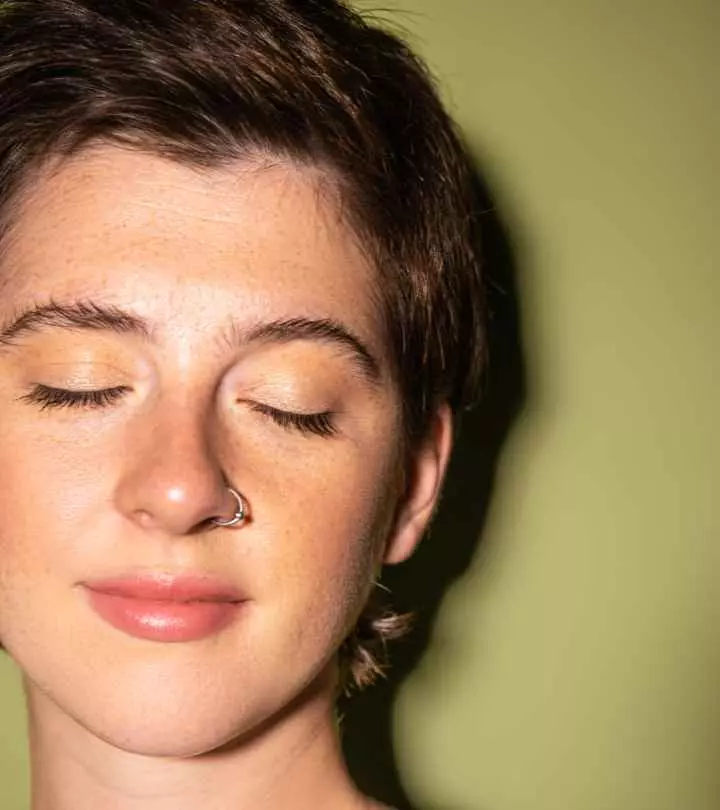
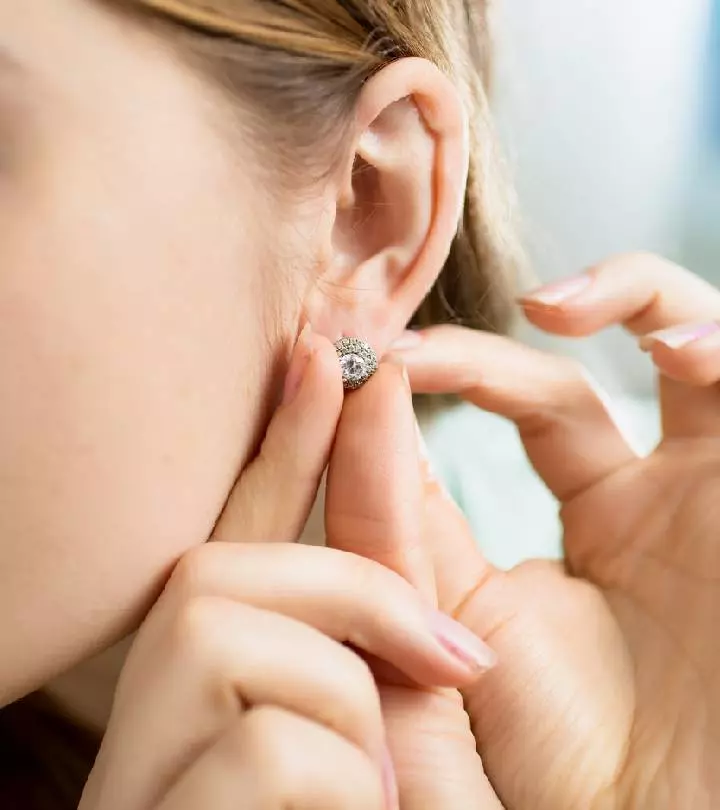



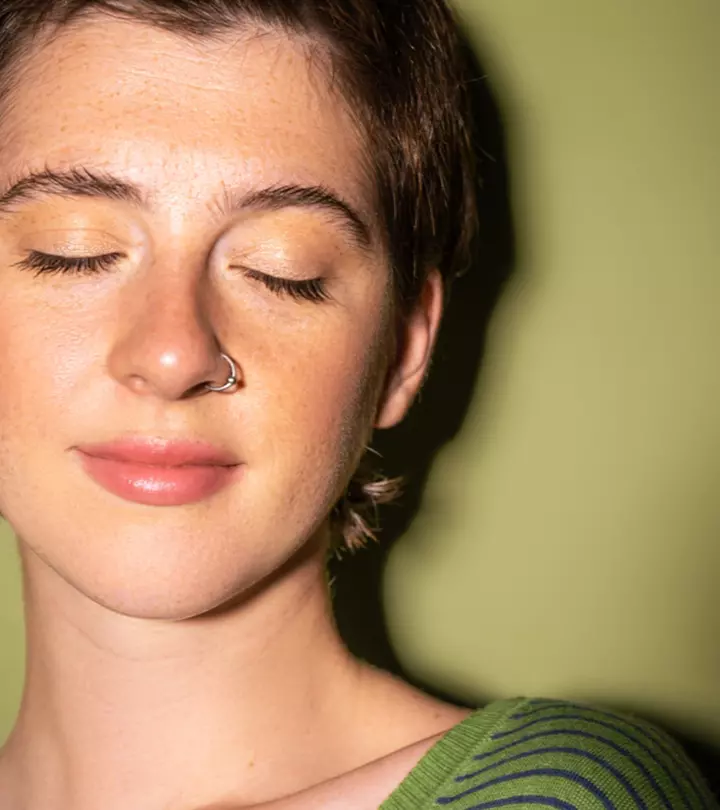
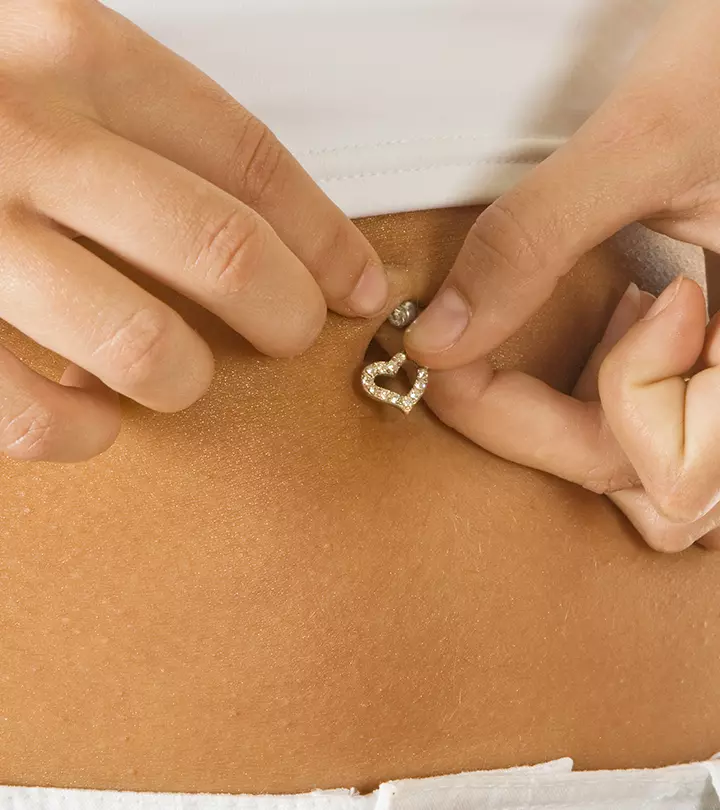
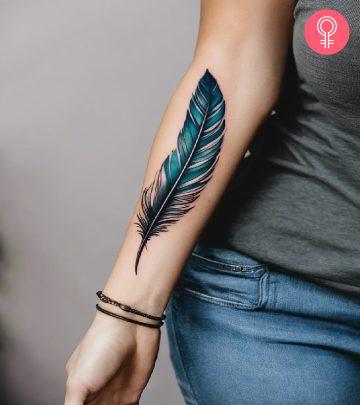
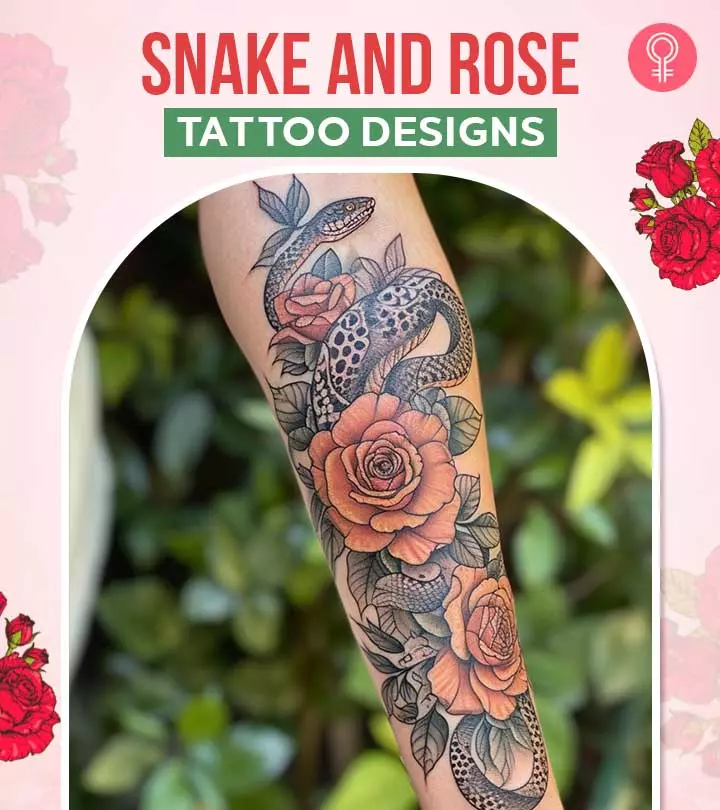
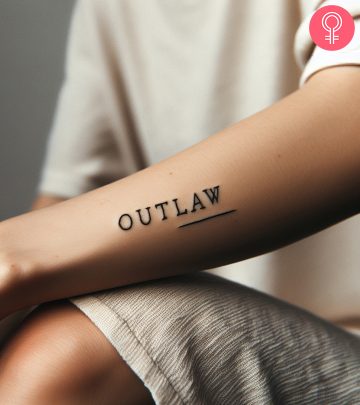


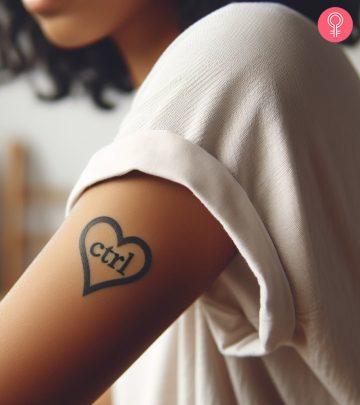

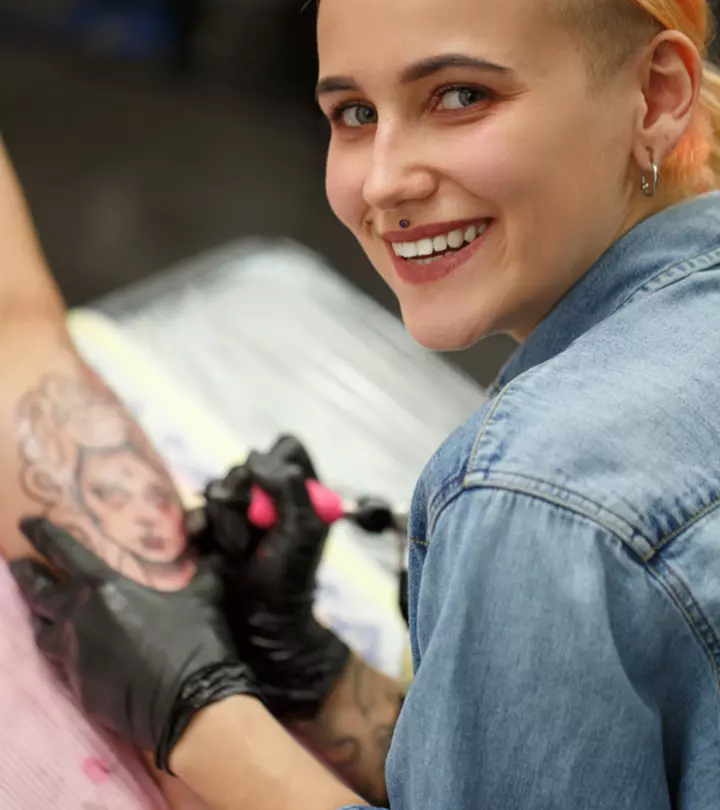

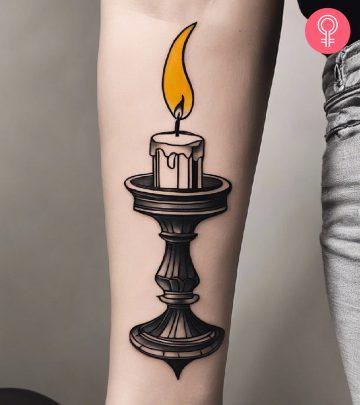
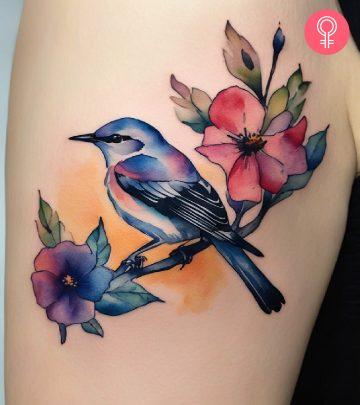

Community Experiences
Join the conversation and become a part of our empowering community! Share your stories, experiences, and insights to connect with other beauty, lifestyle, and health enthusiasts.